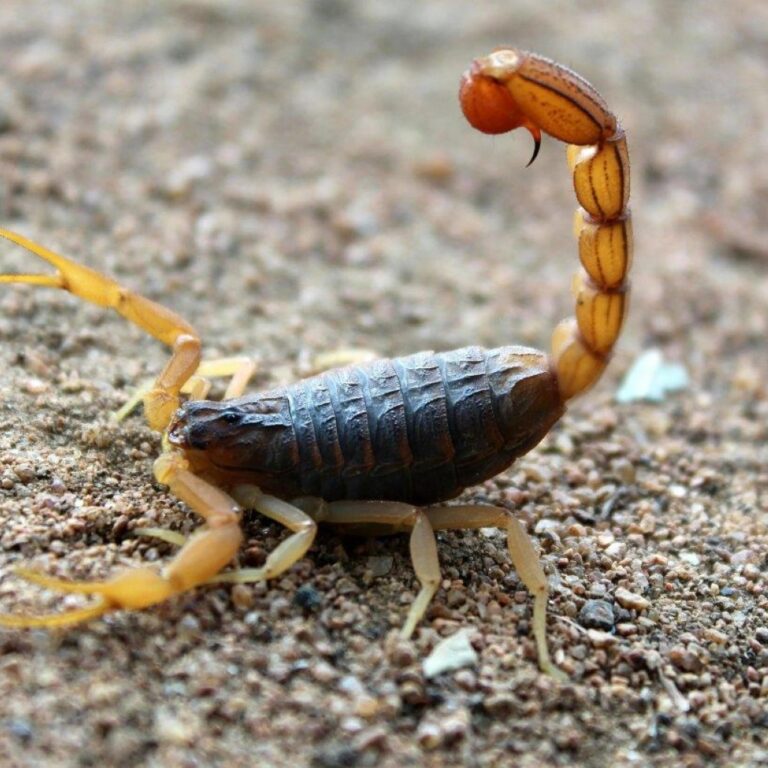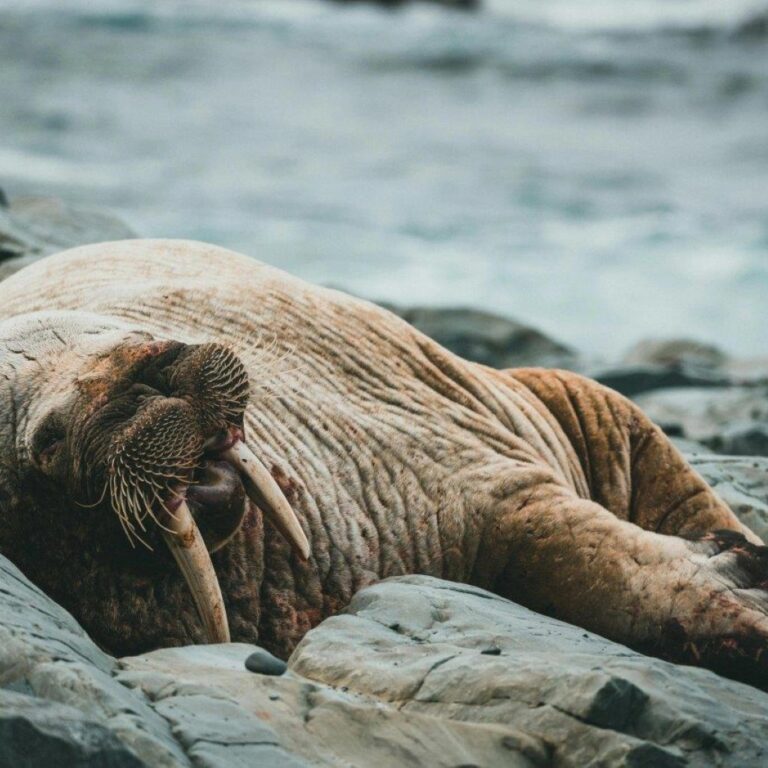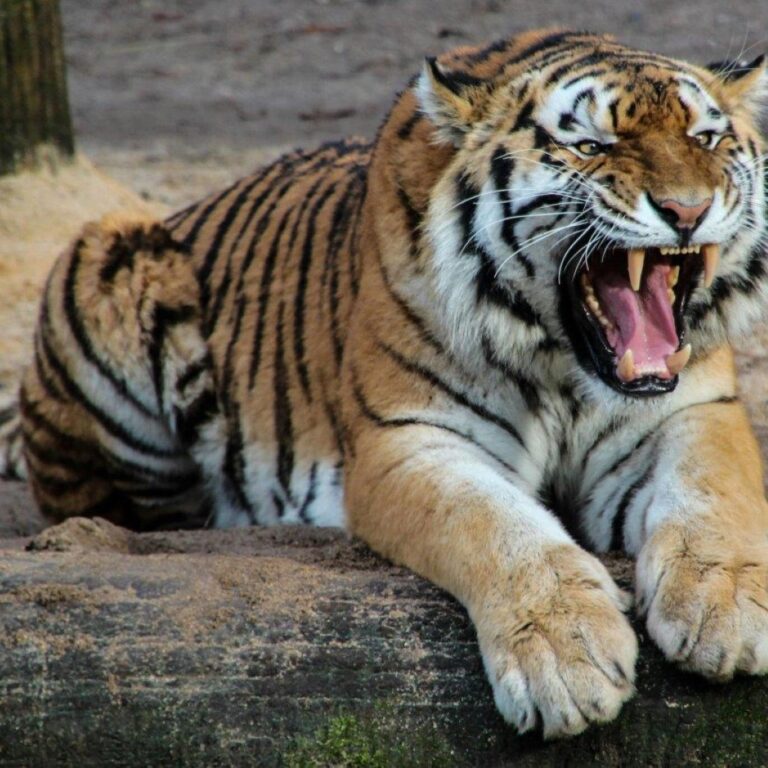Scorpions are around for over 400 million years,
which makes them one of the oldest groups of animals still in existence and one of the first arthropods to venture onto land.
They are a very resilient,
and consist of about 2,500 species of scorpions that you can find on every continent except Antarctica, as they inhabit a wide range of environments, such as deserts and forests to grasslands and caves.
Scorpions belong to the arachnids class,
so that means that they are related to spiders, ticks, and mites, and like other arachnids, they have eight legs, two pincers (pedipalps), and a segmented tail with a venomous stinger.
They use their venom primarily for hunting and self-defense,
and while most scorpion stings are not fatal to humans, some species, such as the deathstalker and the fat-tailed scorpion, have venom potent enough to be dangerous, so make sure you're careful around them!
They are primarily nocturnal hunters, meaning that they rely on their keen sense of touch and vibration to locate prey.
They typically feed on insects, such as spiders, and other small animals, while using their pincers to grasp and immobilize their prey before delivering a venomous sting.
They can survive without food for up to a year,
thanks to their slow metabolism and high efficiency at conserving energy, that allow them to thrive in environments with scarce food resources.
Scorpions are known for their ability to glow under ultraviolet (UV) light,
which is caused by the chemicals in their exoskeleton, however it's exact purpose isn't fully known yet.
Female scorpions give birth to live younglings, which are called scorplings,
who then climb onto their mother's back and stay there until they undergo their first molt and are ready to venture out on their own.
They are very tough,
and can survive extreme environmental conditions, such as high temperatures, freezing cold, and even radiation exposure.
The largest scorpion species is the emperor scorpion,
which can grow up to 8 inches long. However, despite its size, the emperor scorpion's venom is relatively mild compared to other scorpions, as his large pincer are enough of a weapon against its prey.
Scorpions have a highly developed sense of touch,
with sensory hairs on their legs that can detect even the slightest vibrations in the ground, that helps them to locate prey and avoid predators.
They can regulate their venom depending on the situation,
and use only a small amount of venom when hunting, while delivering the full dose in self-defense.
The scorpion's pincers are not just for grabbing prey, as they also use them in their mating rituals.
Males and females engage in a 'dance' where they proceed to grasp each other's pincers and move back and forth in a display of strength and compatibility, before the act itself.
Unlike most of arachnids, the lifespan of a scorpion is quite long,
reaching up to 25 years in captivity, but their average longevity varies depending on species, environment, and availability of food.
Conservation efforts are important for scorpions,
particularly in areas where habitat destruction and pesticide use threaten their populations, as scorpions play a crucial role in controlling insect populations and maintaining ecological balance.



